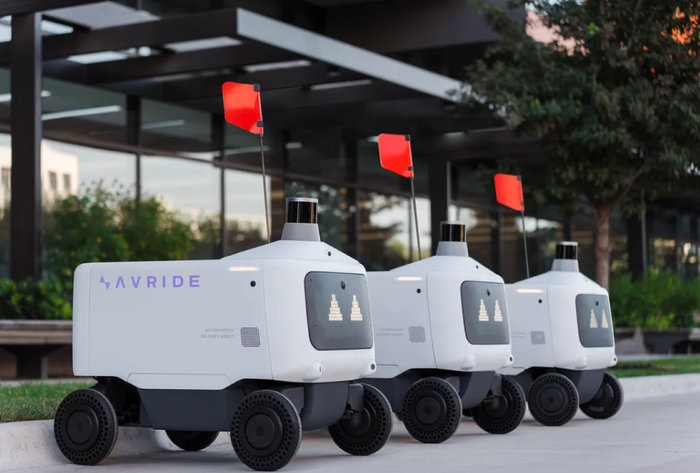Transforming Automotive with AI
Advances in AI models, hardware, software and ecosystem can help the future of the automotive industry
November 22, 2024

Sponsored by Qualcomm
At a Glance
- AI will power improvements in safety, security and comfort/entertainment features.
- Hear more from Sanjay Madhavarao, Senior Director – Product Management at Qualcomm Technologies, Inc. in the video below.
- Read the full whitepaper from Qualcomm and Omdia following the summary below.
The adoption of AI continues at pace across all industries and applications, where 2024 is set to be the first year to top $1 Billion spent on AI Software worldwide (according to Omdia forecast data). Consumer applications continue to be the largest single industry, but automotive is in a strong second place and growing to match. Key use cases driving this will be voice/speech recognition, building generative models of the real world, object detection/identification/collision avoidance, personalized services in cars, and simulation.
AI Software Spend for 2022-2028 ($ Billions)

Source: Omdia AI Software Market Forecast
In many respects this is just the next step in the digital transformation of the vehicle – which will move the car from being just connected to an intelligent device. AI will ultimately transform the automobile, bringing new capabilities for safety and security while delivering unparalleled comfort for vehicle users in the future.
With an ever-increasing array of sensors and lifestyle information sources to pull from, alongside rising levels of embedded connectivity, bringing AI within these vehicles at the edge (and augmenting with cloud computing) is the only route to delivering safer driving experience, improved vehicle performance, and enriched customer experiences.
This of course brings both risks and rewards in the area of safety and security. Most studies estimate over 90% of serious automotive accidents are due to human error – so the impact of automonous/enhanced driving assistance on safety is a clear benefit. However, as vehicles become increasingly connected and software defined, the potential for security threats increases – from cybersecurity, to data privacy. Protection against these threats is therefore now viewed as a fundamental element to the future of the automotive industry.
The Enabling Technologies
As the world of AI-enhanced vehicle applications continues to evolve, focus therefore turns to the enabling technologies – and in particular those creating the in-vehicle experiences.
For example, infotainment is increasingly becoming a differentiator for OEMs – for both front and rear seat passengers. In pursuit of convenience (and avoiding driver distraction), AI is already playing a role in the in-car experience through voice assistance. Continuous improvements in the underlying NLP technology are enabling this - – Omdia data shows it’s by far the largest AI software spend category now and into the future. In fact, across all industries (not just automotive) voice/speech recognition will be the top use case by 2028 with an estimated $18bn in spend – but over 80% of that is driven through automotive voice controls and infotainment.
As the number of AI-powered applications increases (including voice assistants), so does the push towards these workloads being processed at the edge, within the vehicle. This can reduce latency and save on the costs of transporting data to the cloud, but it often means greater investment in computing on the device and greater consumption of power.
It’s clear that with smaller, specialized models and increased computing power/efficiency, much of the voice-enabled applications could yet move to the edge in the future. However, clearly not all AI processing can occur at the edge, and a hybrid approach of both edge and cloud is likely the best path for OEMs in future, as they look to balance performance, cost and customer experience.
To see more on this future of voice assistant, AI-powered safety, security and comfort within the future automotive vehicle, read the full whitepaper from Qualcomm and Omdia, or watch the video interview at the top of the page.
You May Also Like






